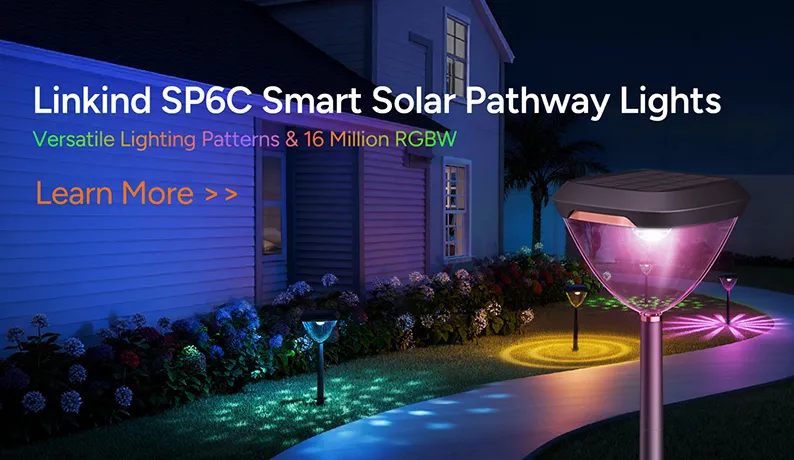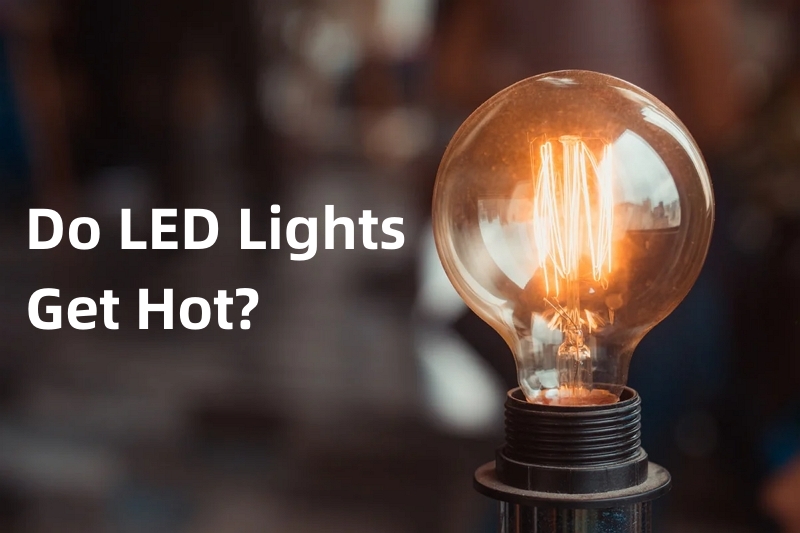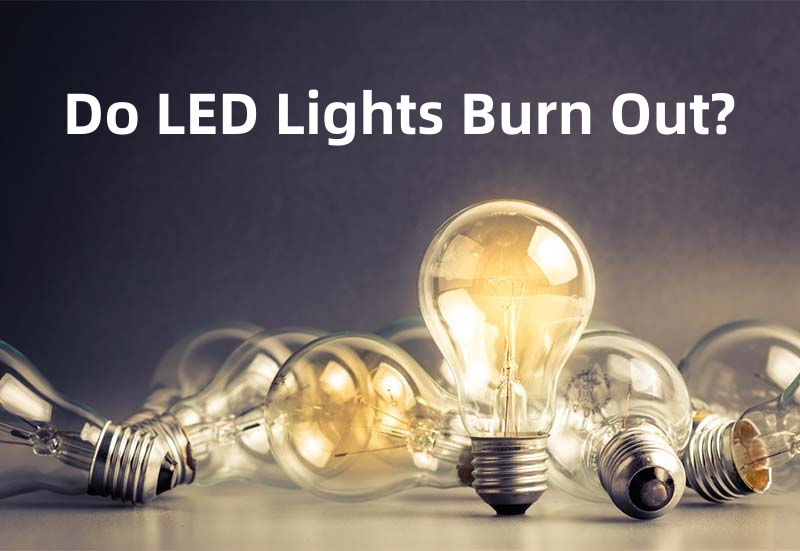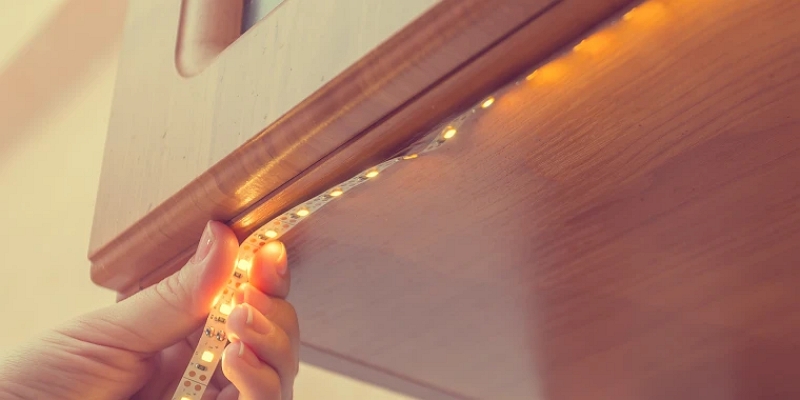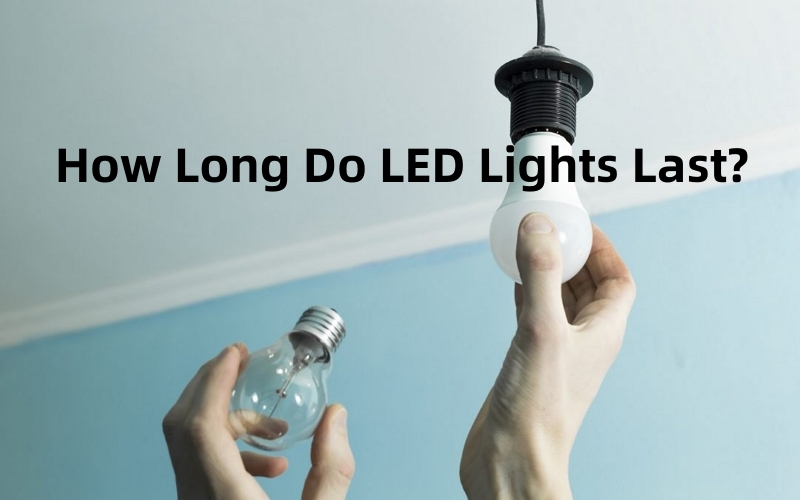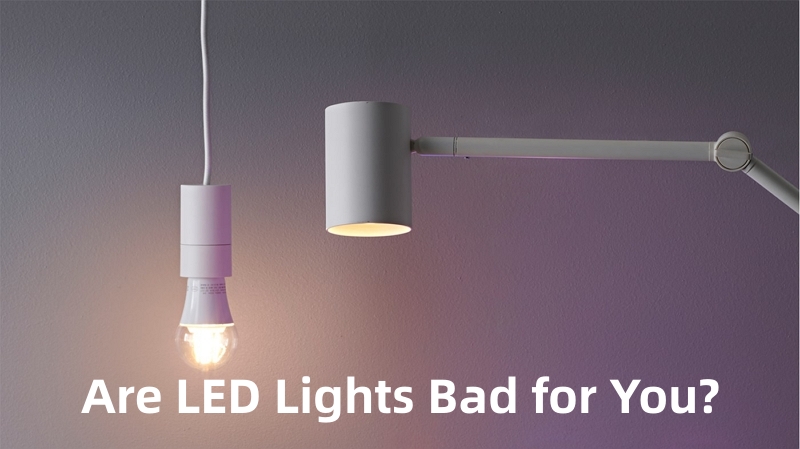If you’re renovating your house or installing light in the office, then you must make a choice between incandescent and LED light sources. This has been an ongoing debate for quite some time as the lighting solutions started to shift from traditional ones to more efficient ones.
In this article, we will be putting an end to the incandescent vs LED debate by analyzing all possible aspects in an objective manner. Even though the goal is to light up the space, it is essential to consider the way this light will be produced and the impact it will have on the surroundings.
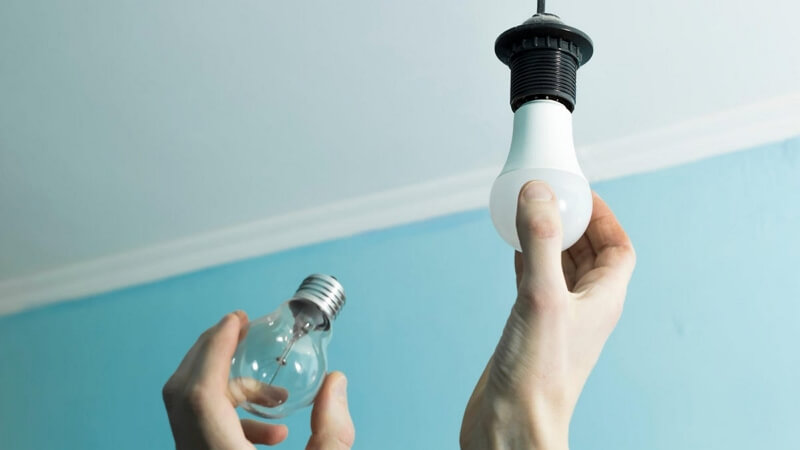

Part 1. An Introduction to Incandescent Lighting
It is the type of light source that produces light by heating up the fire filament until it glows. When an electric current passes through the filament, it heats up to an extremely high temperature, causing it to radiate visible light. These became popular in the 1800s and are often deemed classic bulbs.
The incandescent bulbs can work well on both alternating and direct current, making them an ideal choice for a wide range of appliances. They are found in several places, from flashlights to advertising lights. However, with the rising concern regarding energy conservation, these lights have faced a reduced demand in recent times.
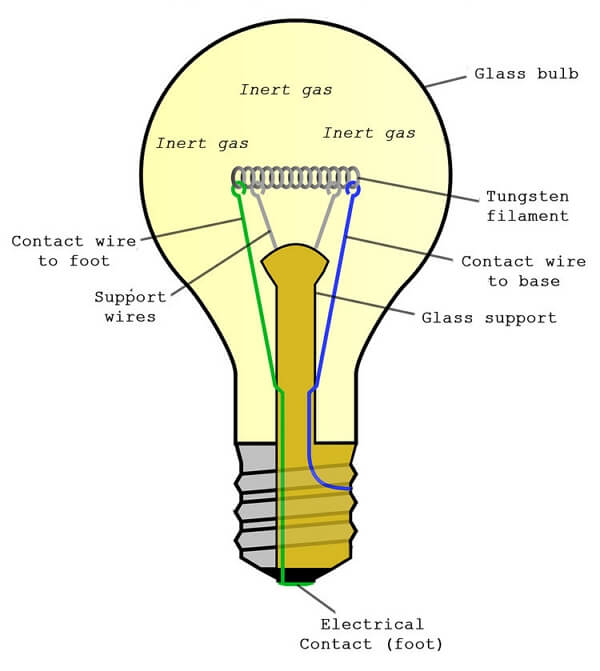

Part 2. An Introduction to LED Lighting
On the other hand, Light-emitting diode (LED) lights are semiconductor devices that convert electricity into light. These are newer inventions compared to incandescent lights and are thus considered much more efficient for modern use. They have a narrow spectrum and energy-saving attributes that set them apart.
These lights are now available in a variety of sizes and designs to accommodate the lighting needs of almost everyone. LEDs are incredibly useful, which is why we see them practically everywhere. Their application is vast and can be found in small dashboard lights to bigger ones in the offices.
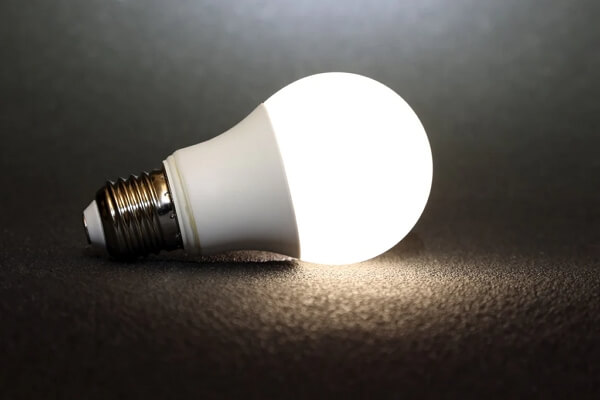

Part 3. Incandescent vs LED: What's the Difference?
Incandescent and LED lights are two distinct lighting technologies, each offering unique features. Let's analyze the differences between them across various aspects:
1. Light Emission
The mechanism through which these bulbs produce light is quite different. As discussed above, both operate quite distinctively. Incandescent bulbs rely on heat production to produce visible light, whereas LEDs rely on current conversion to produce visible light.
A tungsten filament comprised of a thin wire is heated inside an incandescent bulb to an exceptionally high temperature, often between 2,700 and 3,000 degrees Celsius. The filament starts to glow and generate visible light in a wide spectrum as it heats up.
LEDs generate light through electroluminescence, a process where light is emitted when electrons recombine with electron holes. When the current flows to the LED, electrons are injected into the semiconductor material. As they move through the material, they combine with electron holes, releasing light.
These differences in light emission mechanisms lead to major differences in their efficiency and usage.
2. Heat Emission
Similar to light emission, these two lights produce considerably different amounts of heat. Compared to LED bulbs, incandescent bulbs generate a lot more heat. This is the rationale behind why it is harder to touch an incandescent bulb that has recently been lit compared to an LED bulb.
Incandescent bulbs rely on the heating up of the filament and tend to waste nearly 90% of this heat. This is the reason why they are considered an uncomfortable option, especially for small spaces.
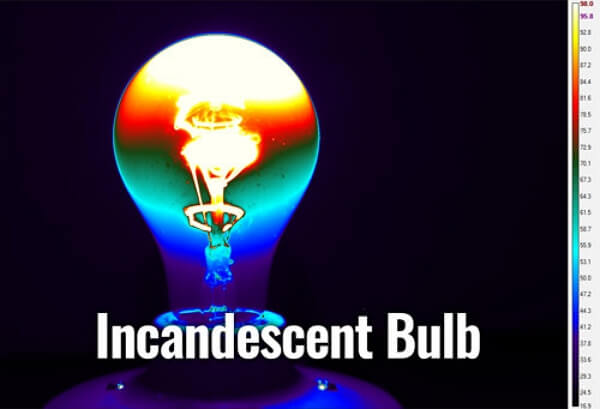

LED bulbs, in contrast, emit very little heat during their operation. As a result, it can efficiently convert most of the heat into photons. This makes them an ideal choice for places where heat management is crucial.
Part 4. Incandescent vs LED: Which Is Better?
The question of whether incandescent or LED lighting is better depends on various factors and individual preferences. Each type of lighting has its own set of advantages and disadvantages. Let's explore some key considerations to help you make an informed decision:
Cost
The main factor that takes most of the credit for suggesting one light as better is the overall cost associated with this. To have a deeper understanding, we must divide the cost into upfront cost and electricity cost.
Incandescent bulbs are cheaper as compared to LEDs. However, it must be noted that this upfront cost is compensated by the increased lifespan. As far as electricity cost is concerned, LEDs consume significantly lower energy, almost 80 to 90% lower. This is achieved through its innovative design that allows for minimal electricity wastage.
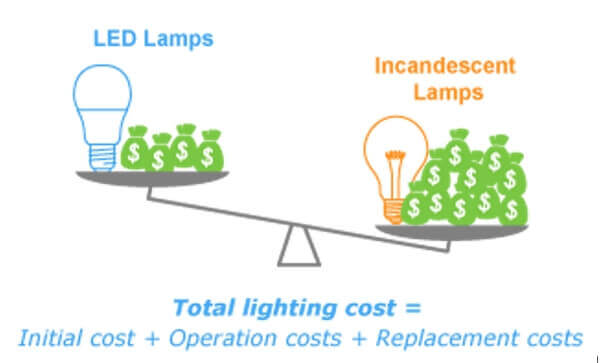

Lifespan
As discussed, LED lights have a significantly higher lifespan that can even extend to around 50,000 hours if you purchase top-quality ones. In contrast, incandescent bulbs have an average lifespan of 1,000 to 2,000 hours.
LEDs are much more durable and popular for their longer lifespan. They would require fewer replacements and maintenance as compared to classic bulbs. These are the right choices if you are looking for durable and lasting lights.


Environmental Impact
Incandescent bulbs contain no toxic substances but are highly inefficient, leading to higher energy consumption and increased greenhouse gas emissions. LED lights are an environmentally friendly option. They also do not contain hazardous substances, and due to their energy efficiency, there is less carbon emissions.
Choosing LEDs contributes to lower environmental impact and aligns with sustainability goals. This is mainly for its energy-efficient and low carbon-emission properties.


Bonus: Switch from Incandescent Bulb to LED Bulb Right Now!
You now have a clear understanding of why LED bulbs are a popular choice for countless individuals. If you have been an incandescent user, this is the right time to make a healthy choice and shift to LEDs, not just for yourself but also for your environment.
To make this shift easy, I have an amazing product that you can start installing. AiDot OREiN BR30 WiFi Smart RGBTW Flood Light Bulb opens up a new world of illumination through its 20+ scene modes. Whether you want to create an indoor atmosphere of sunset, sleeping, leisure, party, reading, or any other mode you can think of, this bulb will deliver what you are looking for.
I know this may sound unreal, but this AiDot product has a stunning palette of 16 million colors that can be accessed using the company app, Alexa, or Google Home. You may also choose the times of day that your lights automatically switch on and off using our simple controls. Setting up lighting routines that flow naturally with your everyday activities will surely make your life more convenient.
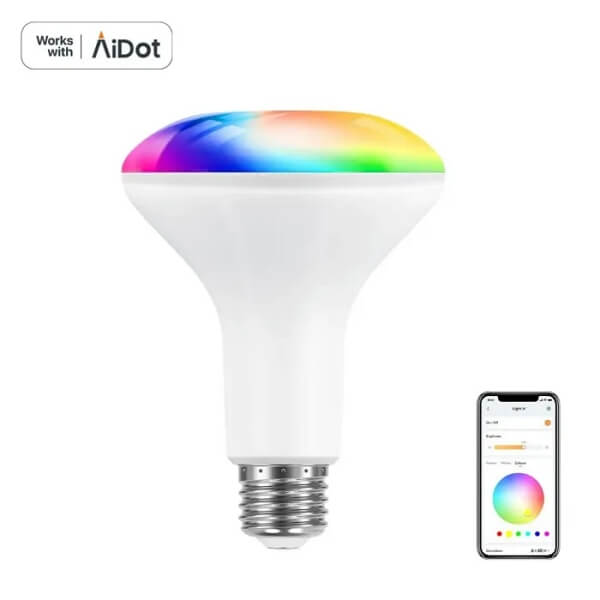

- 16 Million Colors & Adjustable Brightness
- 1800K~6500K Tunable White Lighting
- Sync with Your Music
- More than 20 Scene Modes
- Responsive Voice Control
- APP Control & Group Control
- Customizable Time Schedule
[Bonus Now]: Here is an exclusive coupon code only found in blog posts. Save it now (AiDotBG01) and get 10% off at AiDot mall!
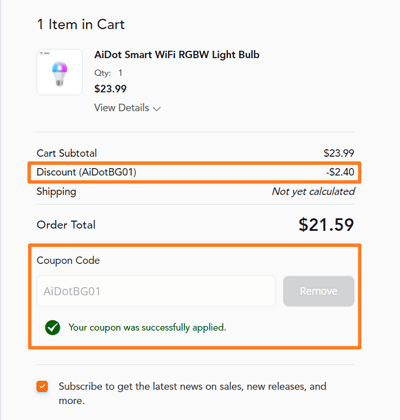

Wrap Up
This detailed guide tells you everything you must know before deciding which side you are on in the incandescent vs. LED argument. While some individuals may still prefer the warm glow of incandescent bulbs for certain decorative or ambiance-driven applications, the overwhelming advantages of LED lighting make it the superior choice for most scenarios. These lights are improving every day, offering even more innovative solutions. LEDs not only offer versatility in light color and brightness but also align with the global campaign toward sustainability and energy conservation.
In conclusion, let us move beyond the incandescent vs. LED debate and wholeheartedly embrace the brighter, greener, and more sustainable path illuminated by LED lighting. And what can be better than having a companion like AiDot to fulfill all your lighting needs?












